On Monday, I went back to work after a week of vacation during our move to México. Man, that was hard. After two hours I was ready to pack up and move home.
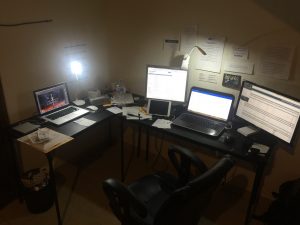 It wasn’t just getting back into the swing of things after a week off, or overcoming the slower pace of life here to be productive. I like going into the office for work every day. Being around people helps give me energy to be productive, and I share an emotional connection with my co-workers. I’m giving up much of that for the next year.
It wasn’t just getting back into the swing of things after a week off, or overcoming the slower pace of life here to be productive. I like going into the office for work every day. Being around people helps give me energy to be productive, and I share an emotional connection with my co-workers. I’m giving up much of that for the next year.
The big issue, though, is my participation in making decisions. There are 10 of us who work together, and much of our decision-making process is organic and spontaneous. We have very few meetings, and little structure to how we make and document decisions. When something comes up, we quickly review the options, make a decision, and move forward with little interruption. It’s fast and efficient, and while we know it won’t scale for us long-term, it’s a method that has worked for us over the last 10 years. I believe it’s one of the secrets to our exceptional growth over the last 3 years.
But this system requires people to work in close physical proximity. And I’m now 2,500 miles away.
During my telecommuting tests last year, I skyped into the computer in our conference room when I got in each day, and left it on all day. Hearing conversations in the office, even if I can’t completely understand what people are saying, helps give me that energy of working with others. That’s helpful.
In our new office, that computer monitor is in a central area, right outside my office. So if someone needs to ask me a question, instead of popping their head in my door, they step up to the monitor. It’s an attempt to maintain that organic connection. And it works, sort of.
There are problems. One is a 2-3 second delay. Humor is a part of my personality, much of it based on speed and timing. Yeah, that’s not going to work with a 3 second delay.
Another problem is intermittent Internet issues. The “high-speed” Internet where we are staying has upstream bandwidth that peaks at 500kbps. And sometimes it drops out altogether. Once we move into a more permanent home I’ll be able to do something about it, but for now I’m a poor man’s Max Headroom part of the day.
That leads to poor audio and video quality caused by the low bandwidth. It makes it hard for people to understand me when I talk, which makes me more reticent to actually try to talk. It’s a spiral that leads me to be less participatory and more disengaged, which I have to actively fight.
I was on a conference call with about a dozen people, mostly from one of our major clients. At one point I jumped in to make a point, and when I was done someone said, um, we only got about 5% of that. Groan. For the rest of the call I just listened, occasionally messaging my colleague to say something on my behalf. That was painful.
Monday morning, after two hours of work, I was at a serious emotional crossroads. Pack up and move home, or stay and figure it out.
I chose to push through, and by the end of the week I felt like I was getting my sea legs. Thursday and Friday were especially good in helping me build productive momentum, and I felt like I ended the week at about 80% personal productivity. I don’t think I’ll ever get to 100% efficiency, but I’ll be happy with 95% personal productivity.
My participation in decision-making, however, will continue to be a challenge. We’ll need to experiment with more formal processes to allow me to be involved. That will slow down the process—bad—but if we get it right, the new system will scale better as we grow—good. It’s going to force me to step back from actually making decisions, and move toward coaching my staff so they can make the right decisions. It will require extra time to share historical context and provide specific information that only I have. But that will help grow the corporate memory and deepen the team’s overall understanding of the environment in which we work.
The best part of this experience has been my co-workers. I have sensed how much they want my family to have a positive experience, and I know several of them are taking on additional burdens to make this work.
Any leadership role I’ve had with the team will be on hold while I work remotely. There are just too many obstacles. But I trust my team, and know they will try their best to do the right thing every day. I’ll participate and support them where I can.
In some ways, my work won’t be as personally enjoyable, as I miss out on the interpersonal dynamics of the office. Will it be hard? Por supuesto. But that’s a sacrifice I’ll make for my family.
I expect that over the coming weeks this will all get easier as I get into a daily and weekly routine. I’ll work hard and contribute where I can. And for now, that’s good enough.

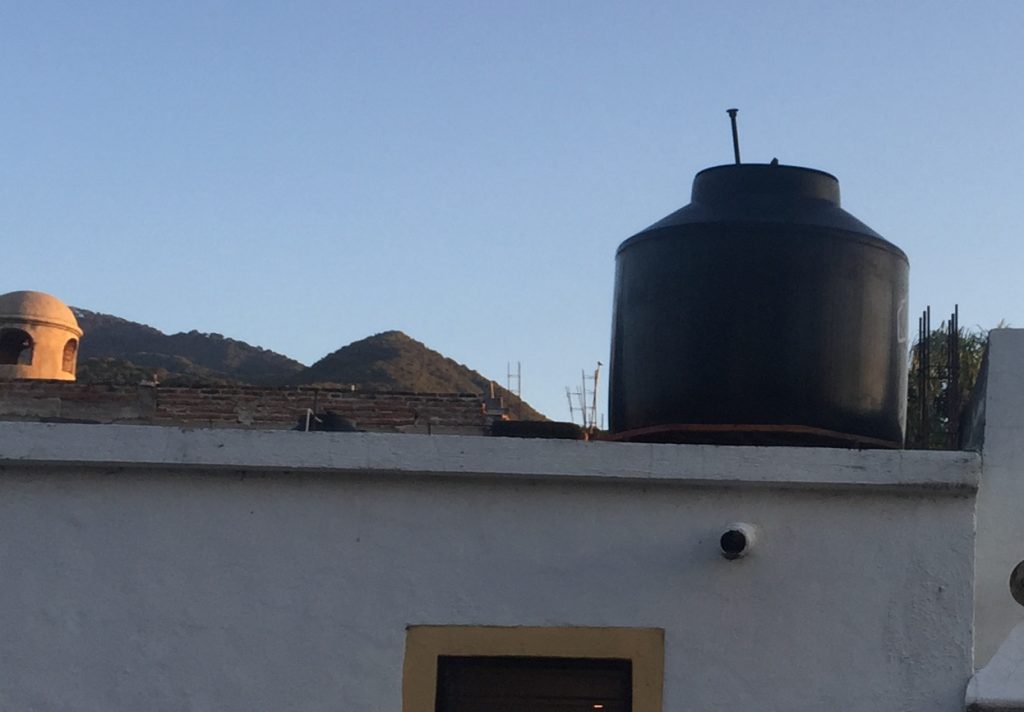
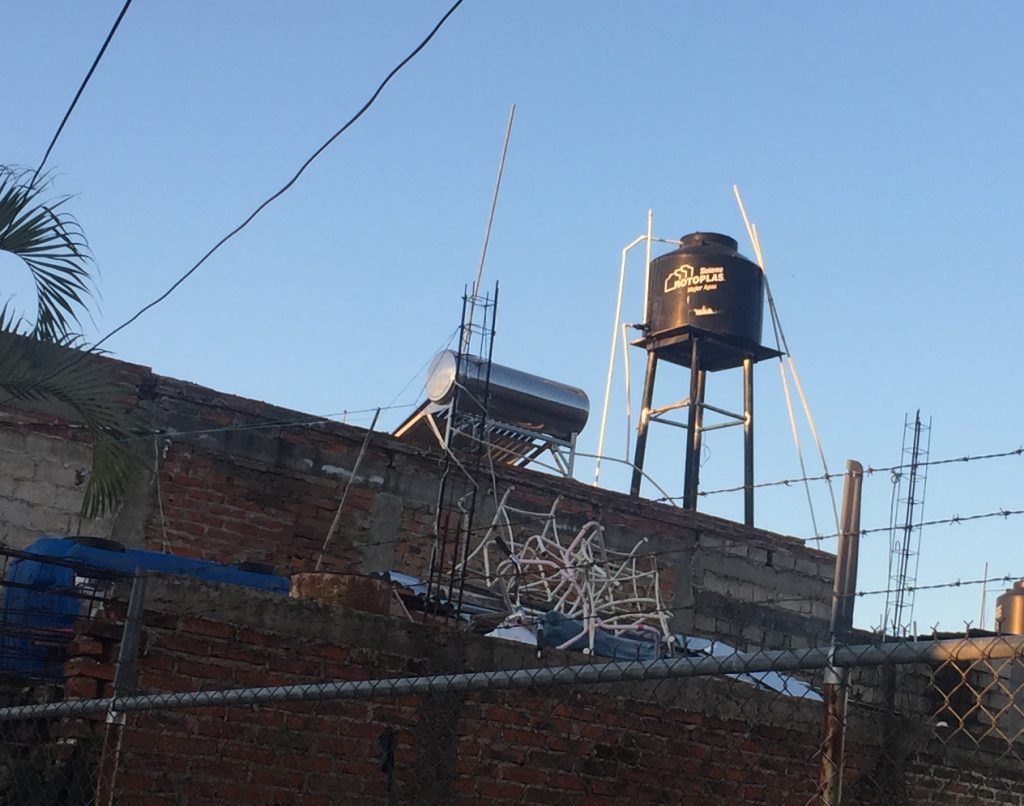
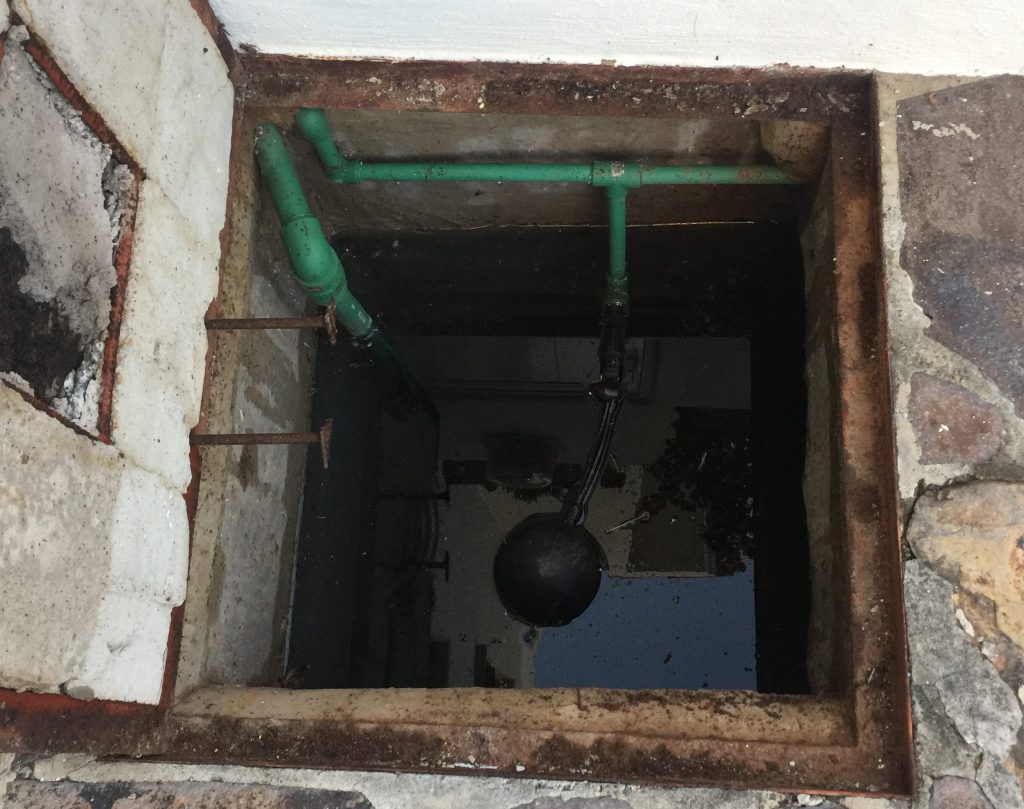
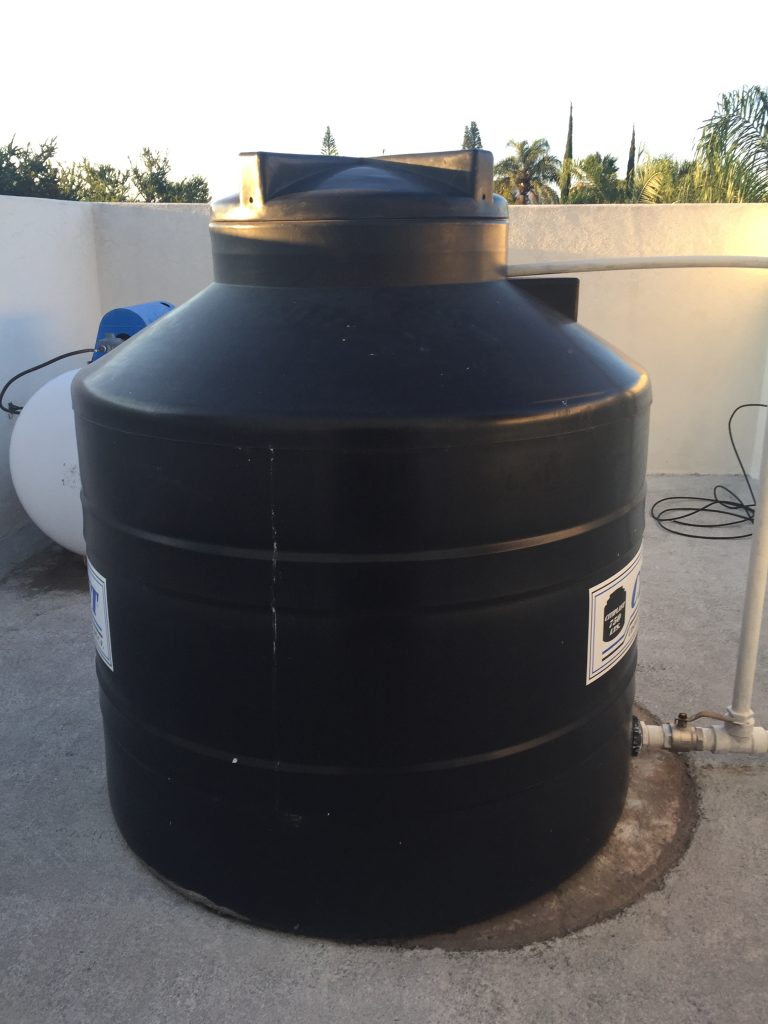
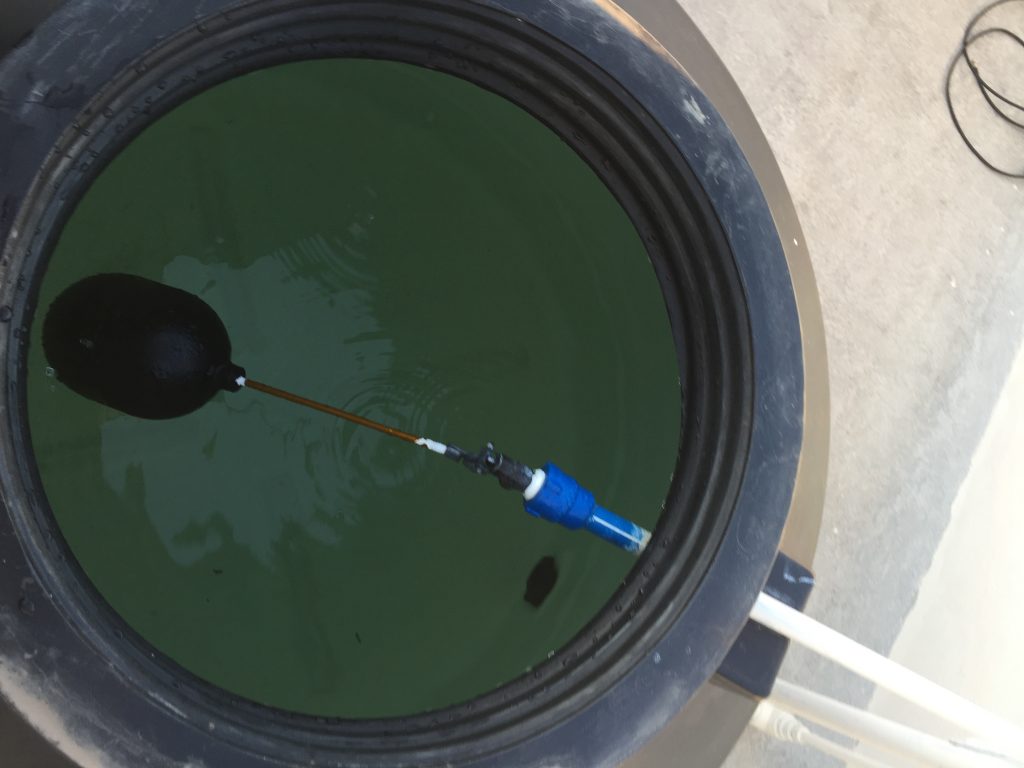
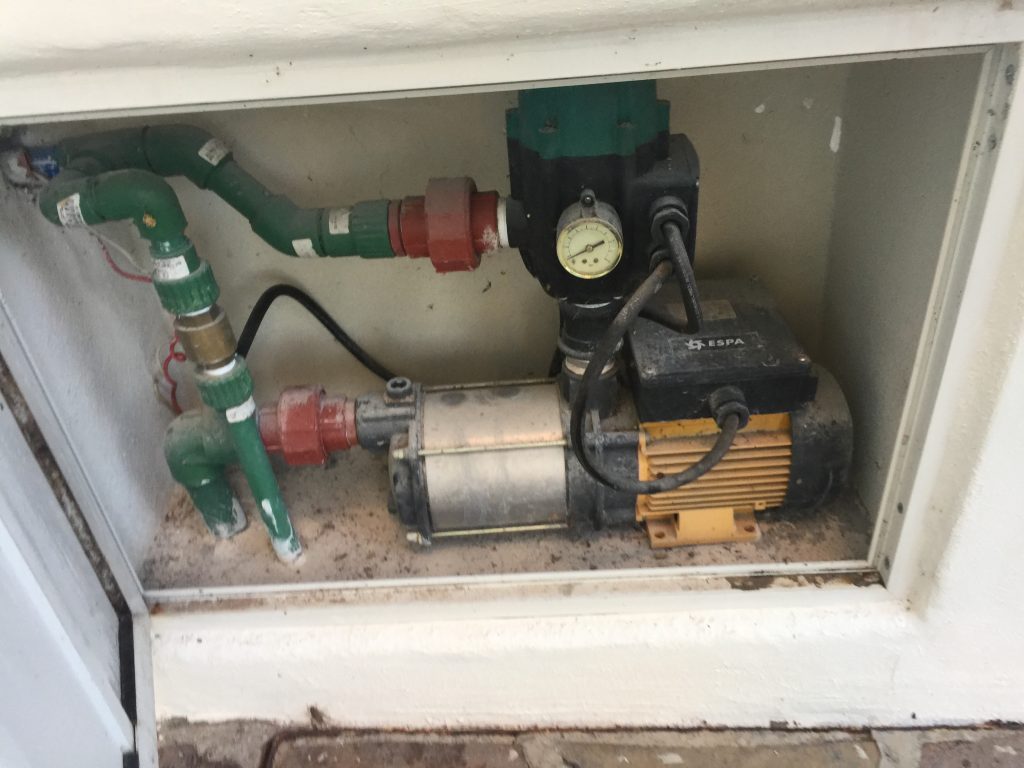
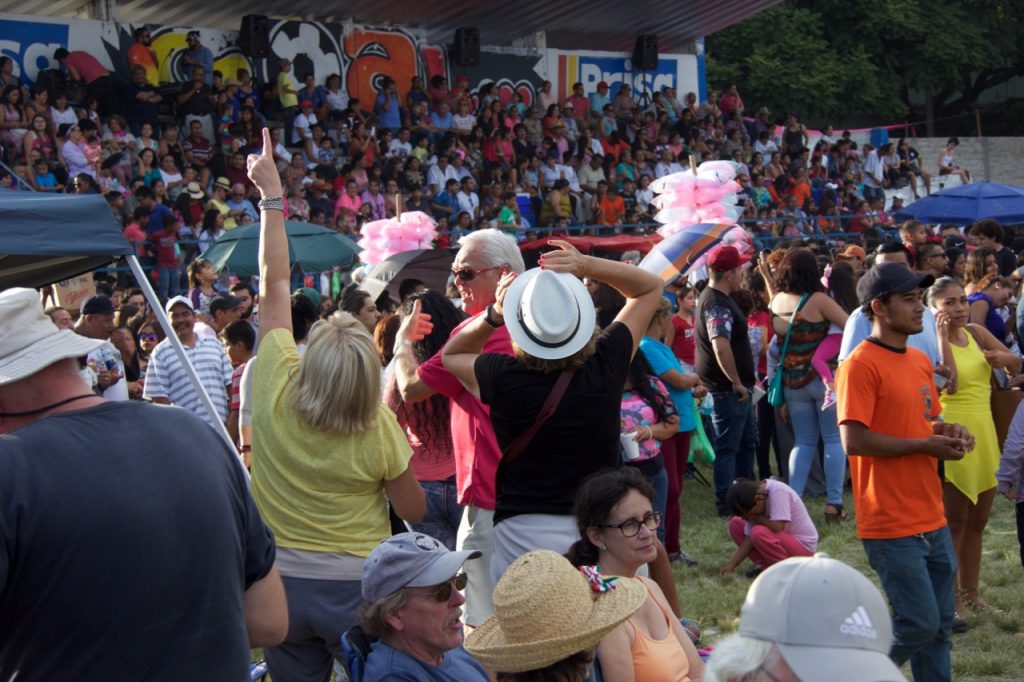
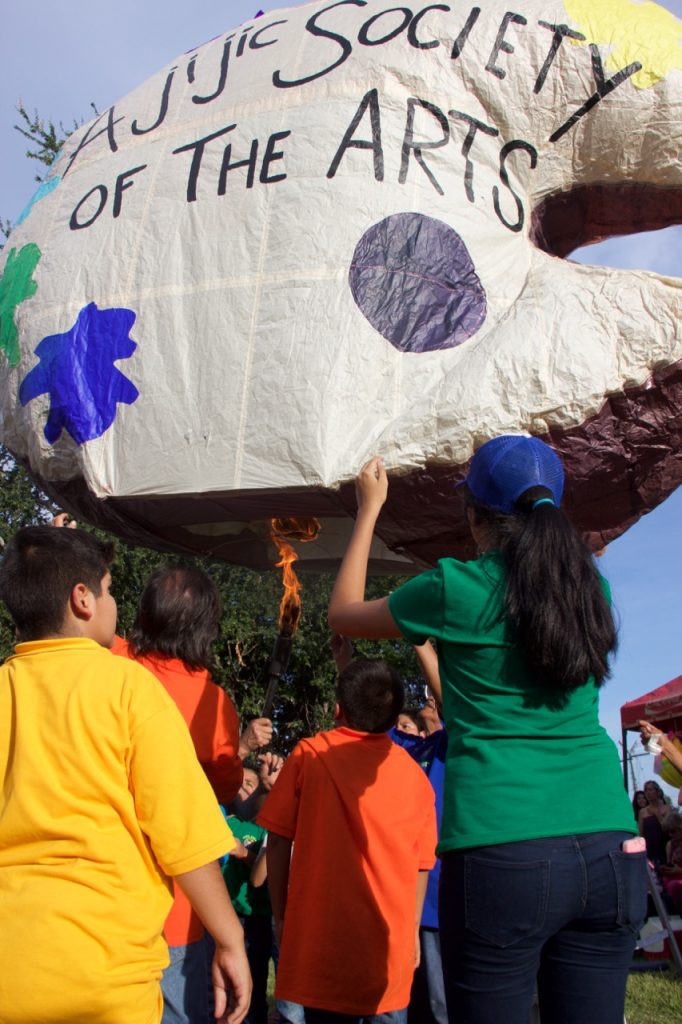
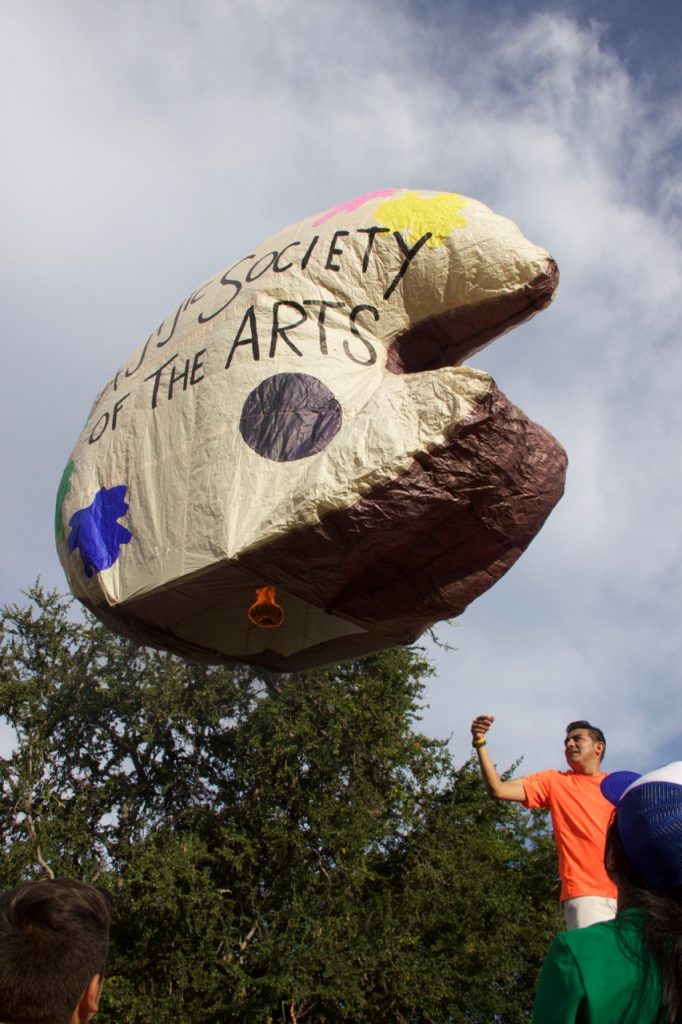
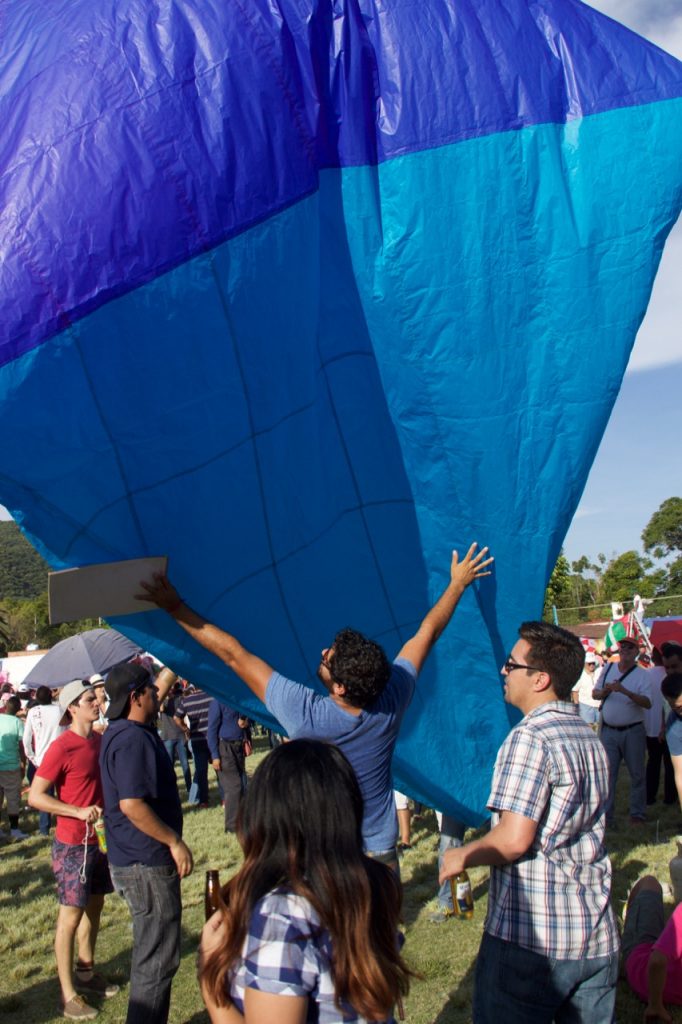
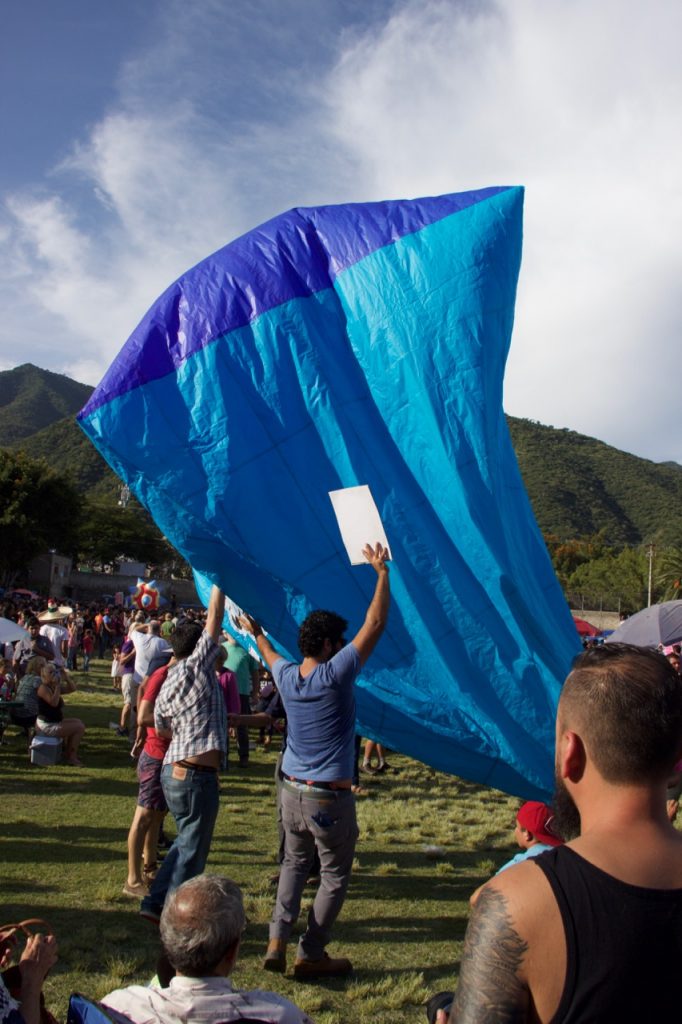

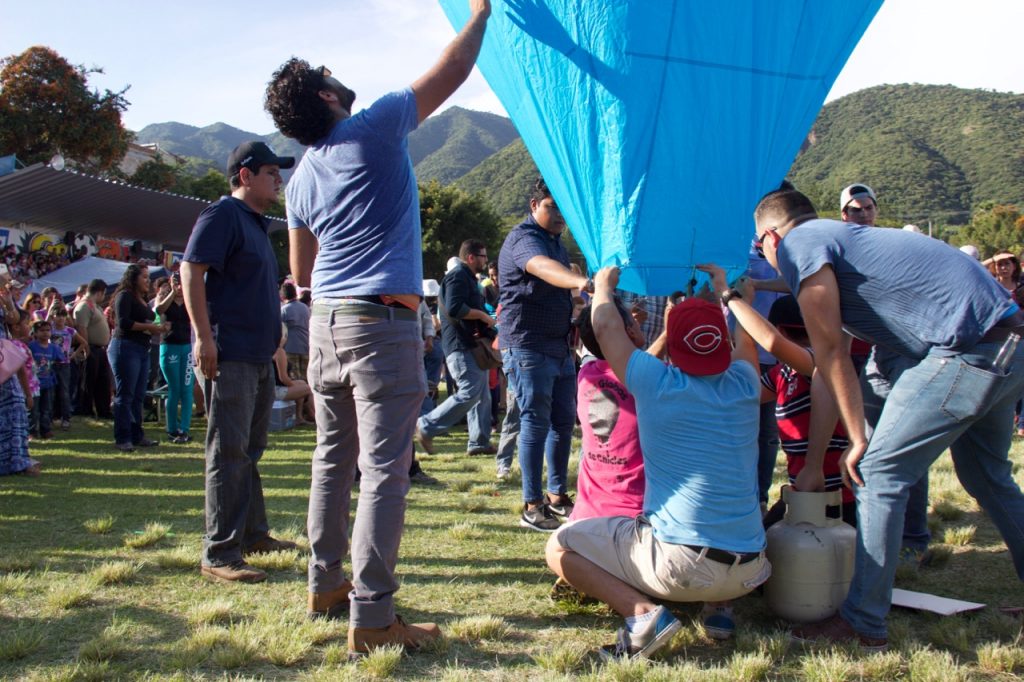
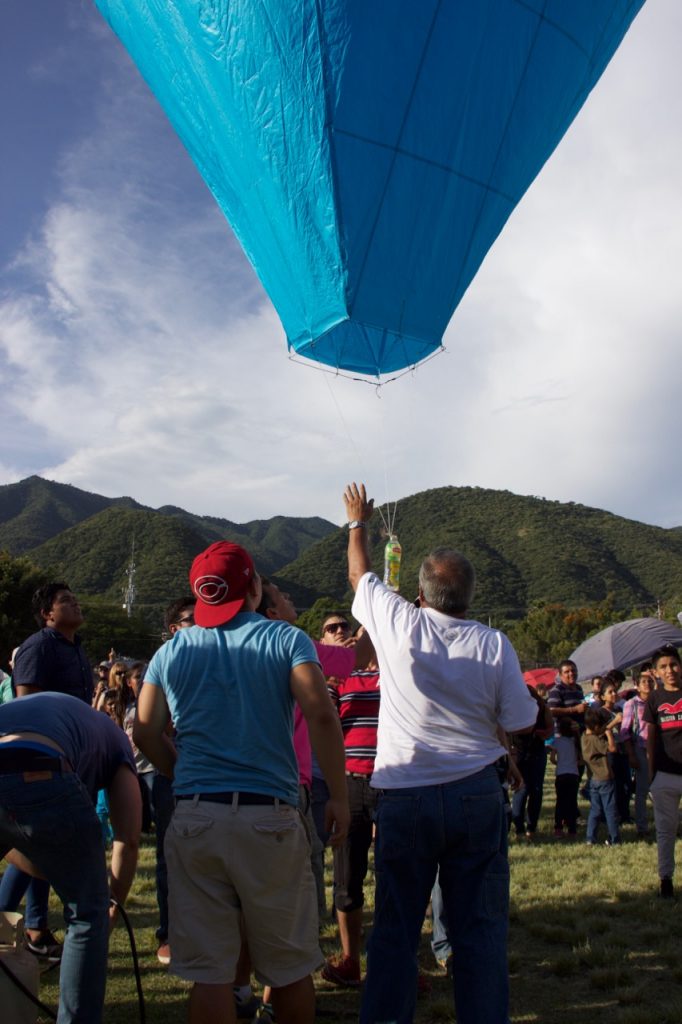
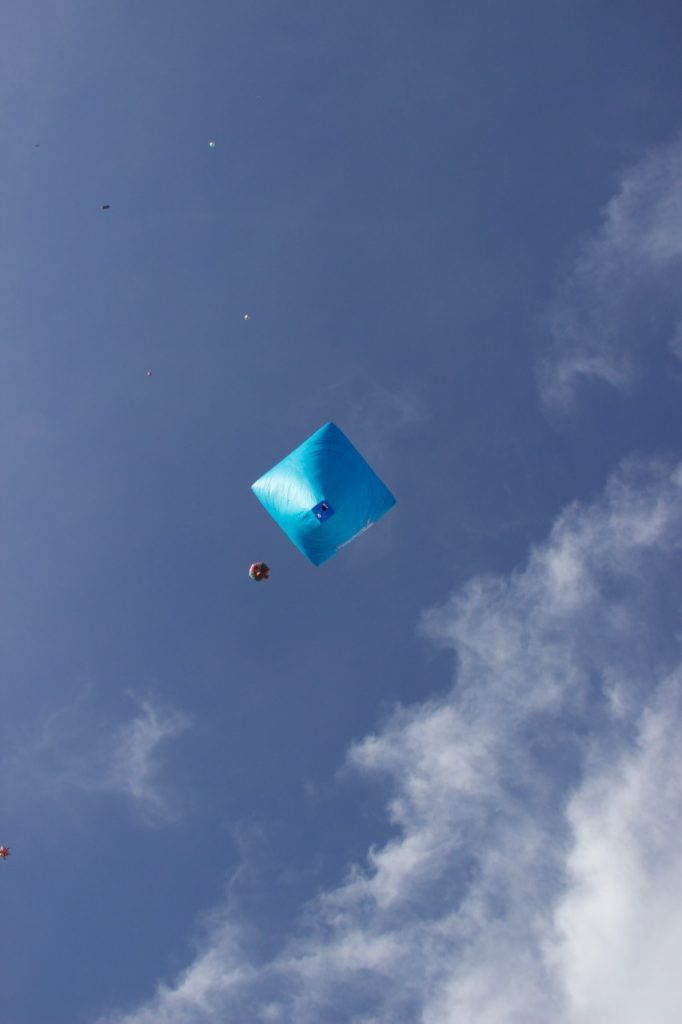

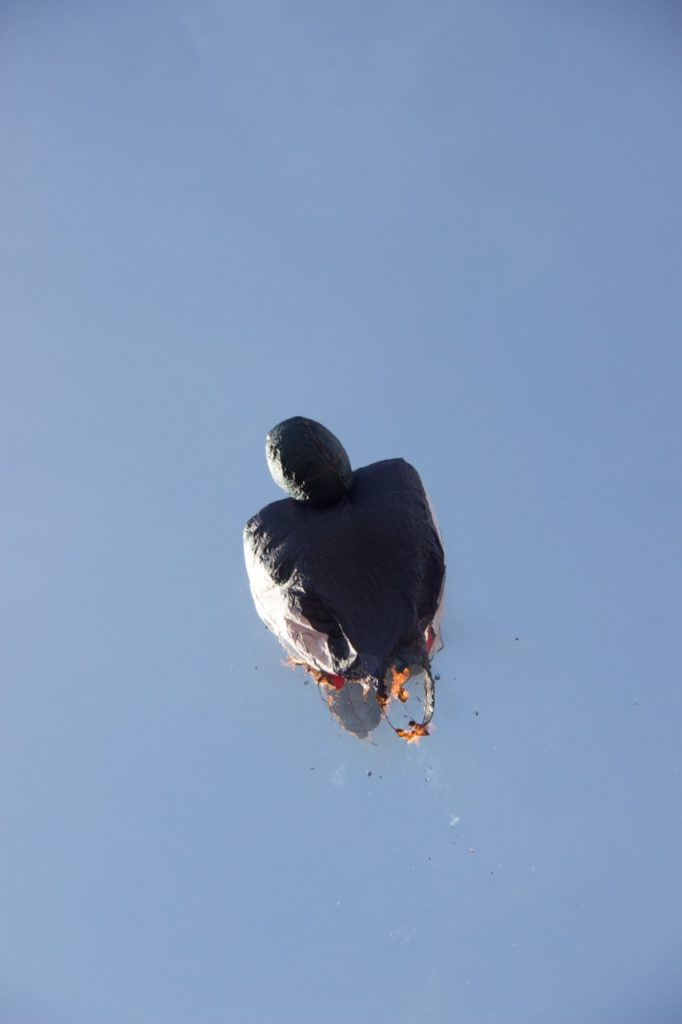
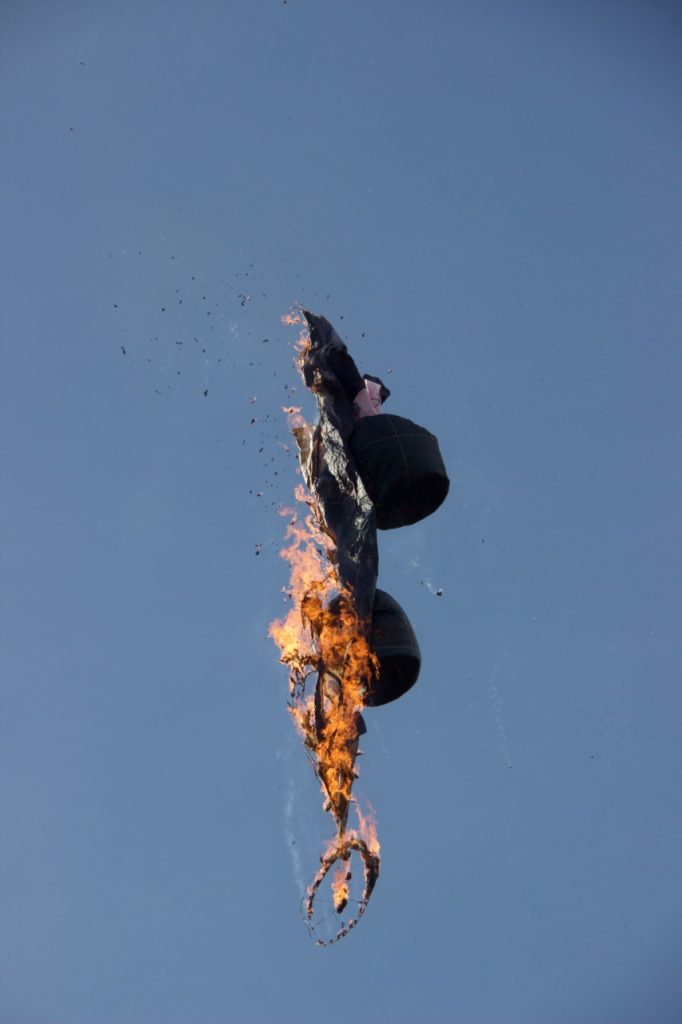
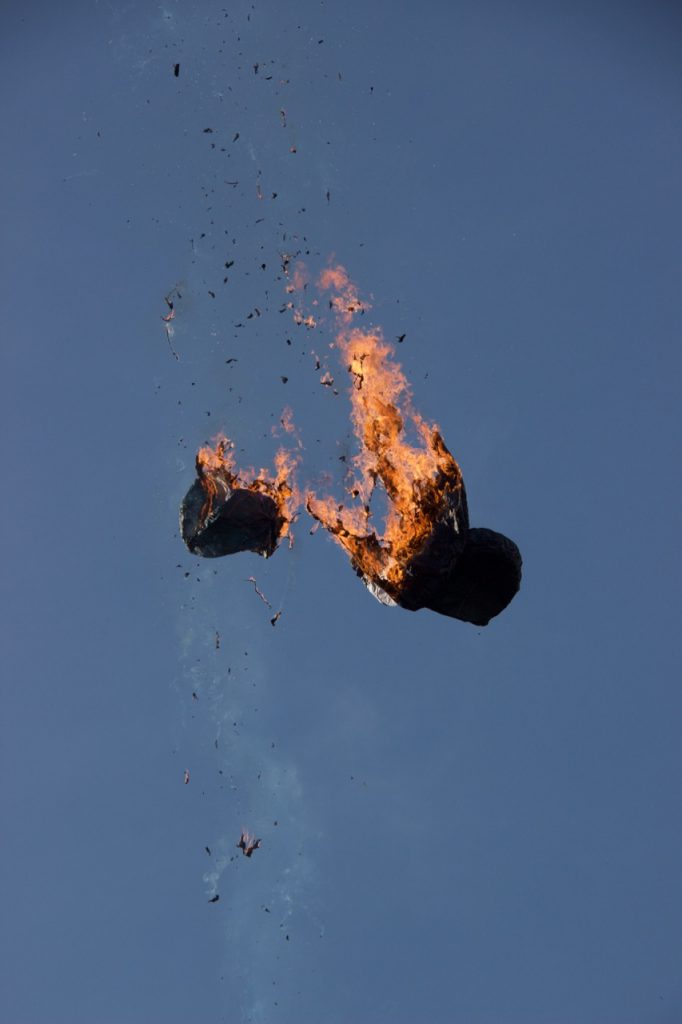

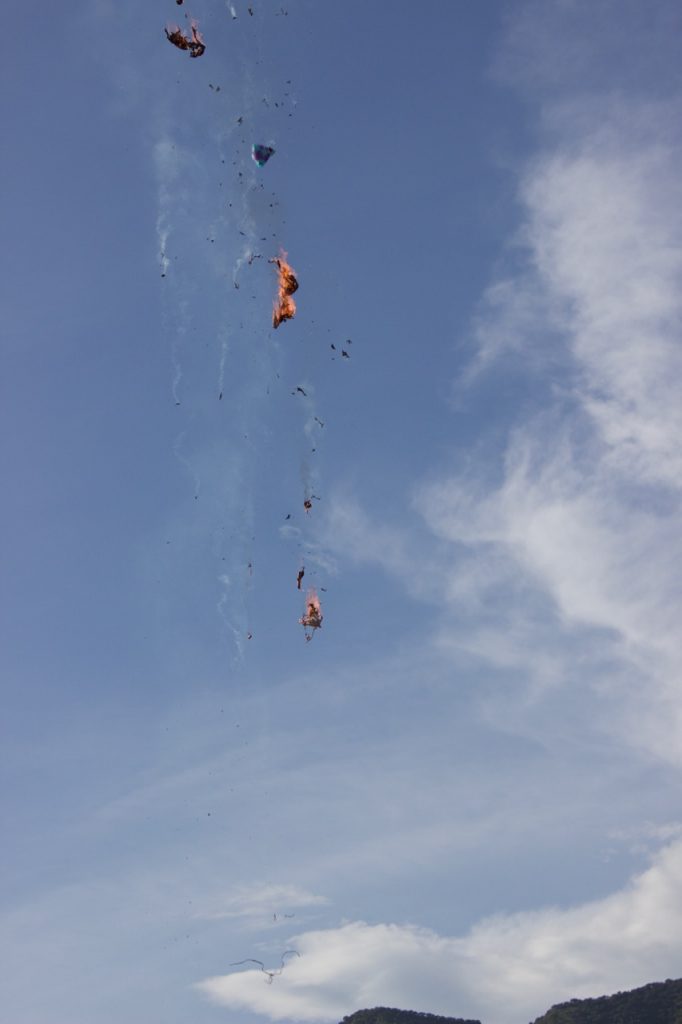
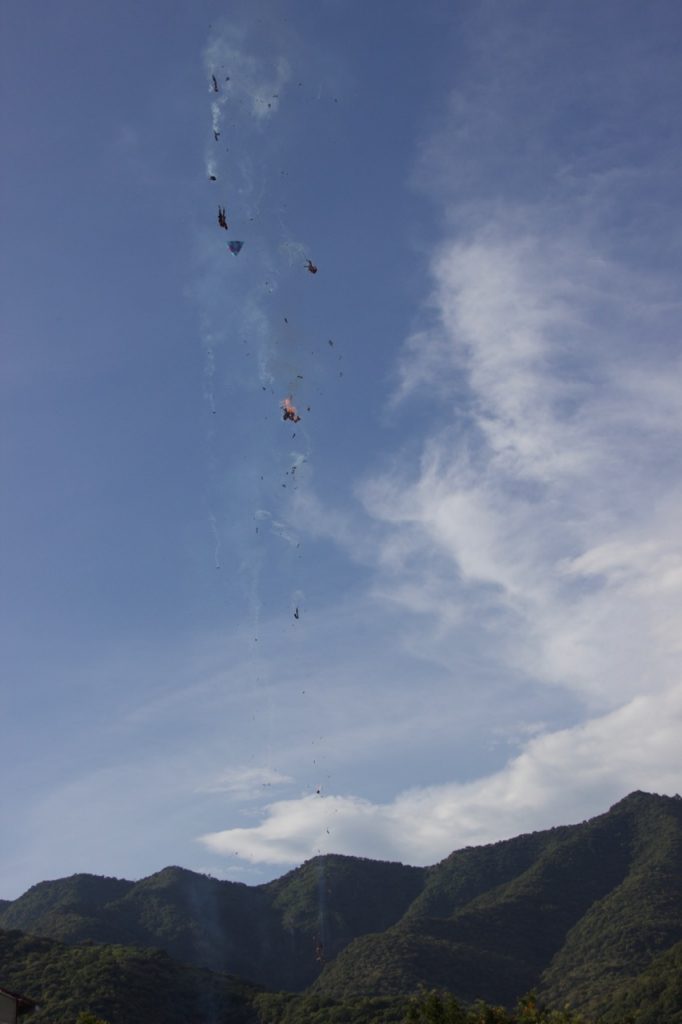
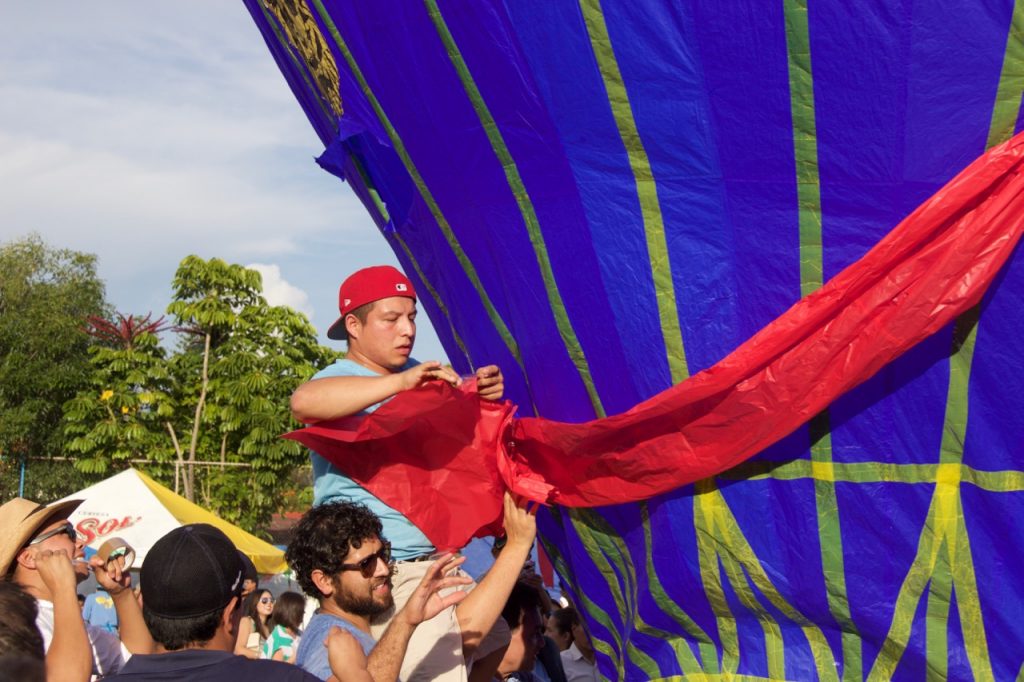
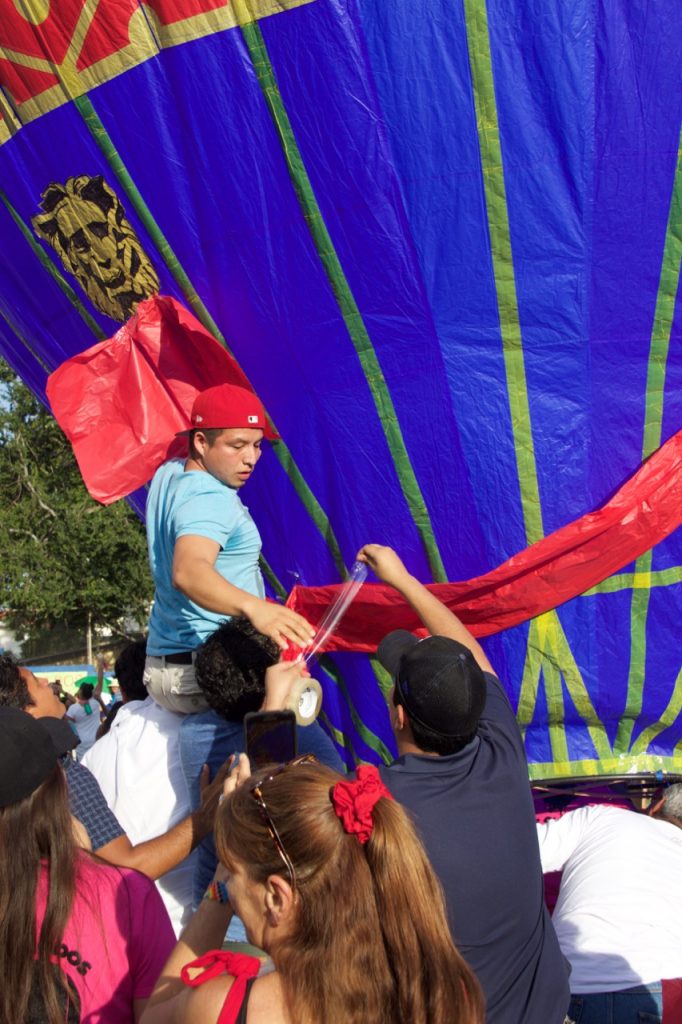
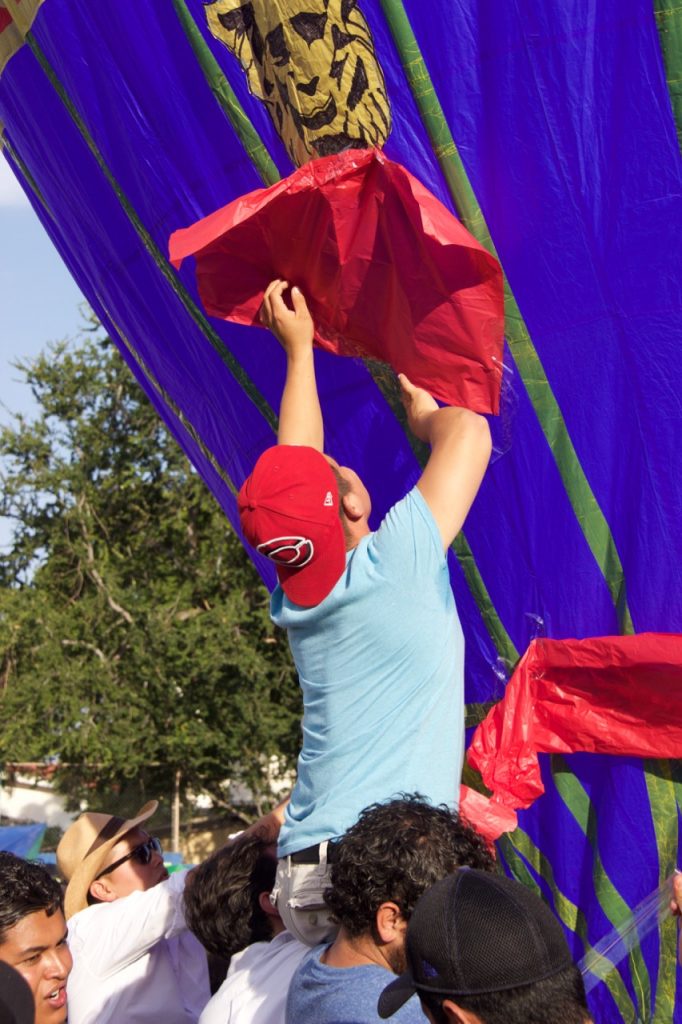

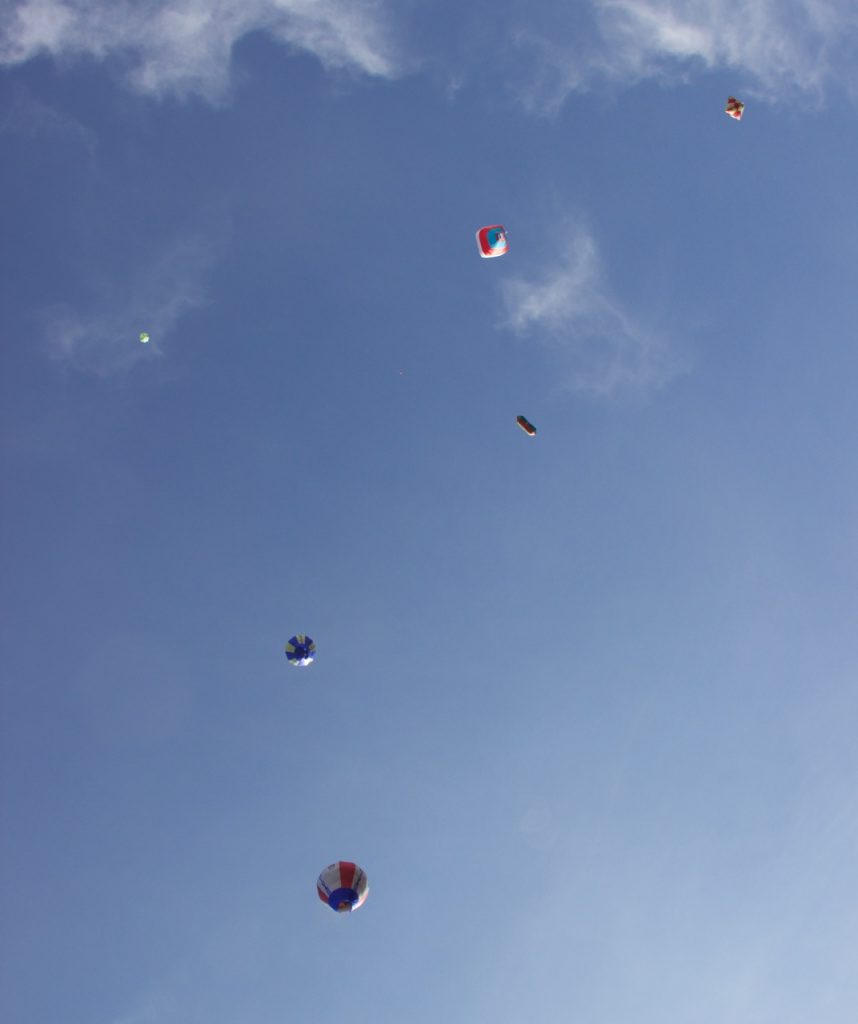
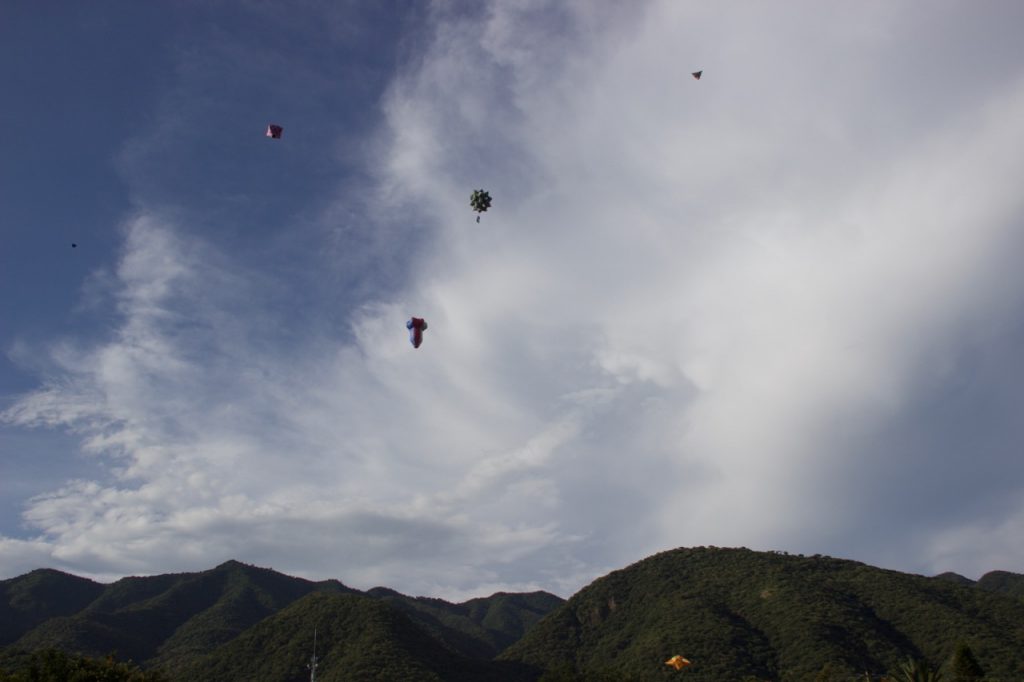
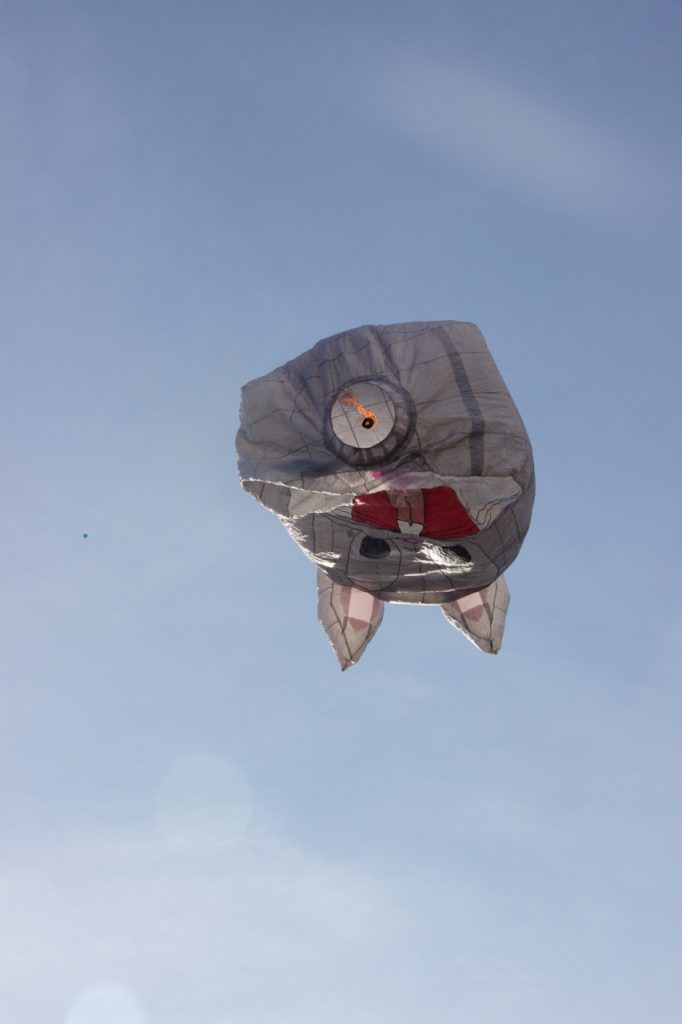
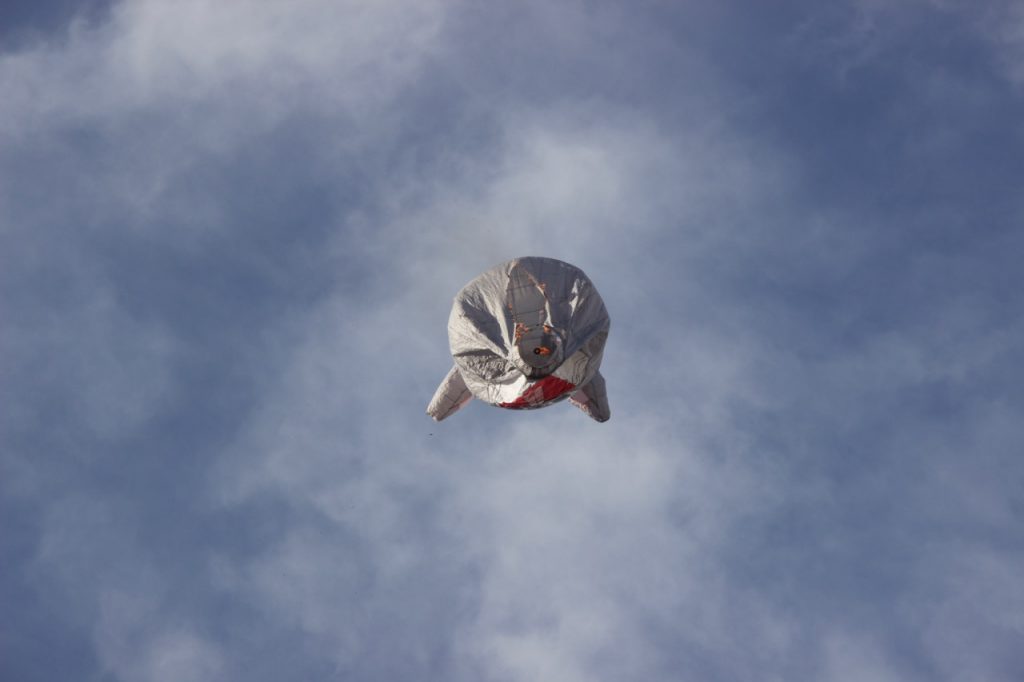


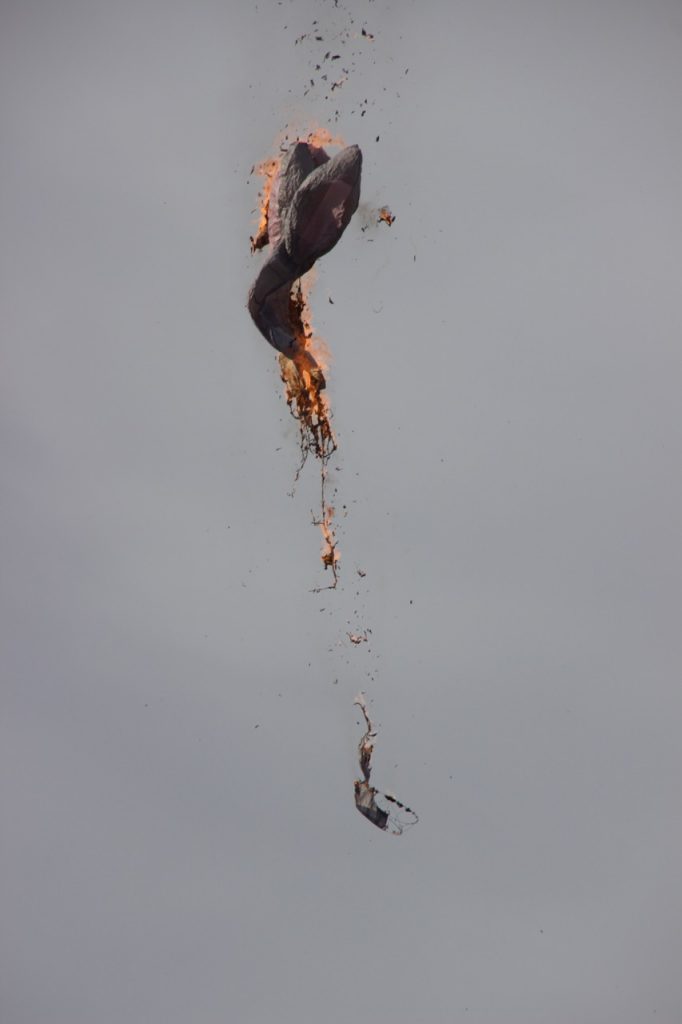




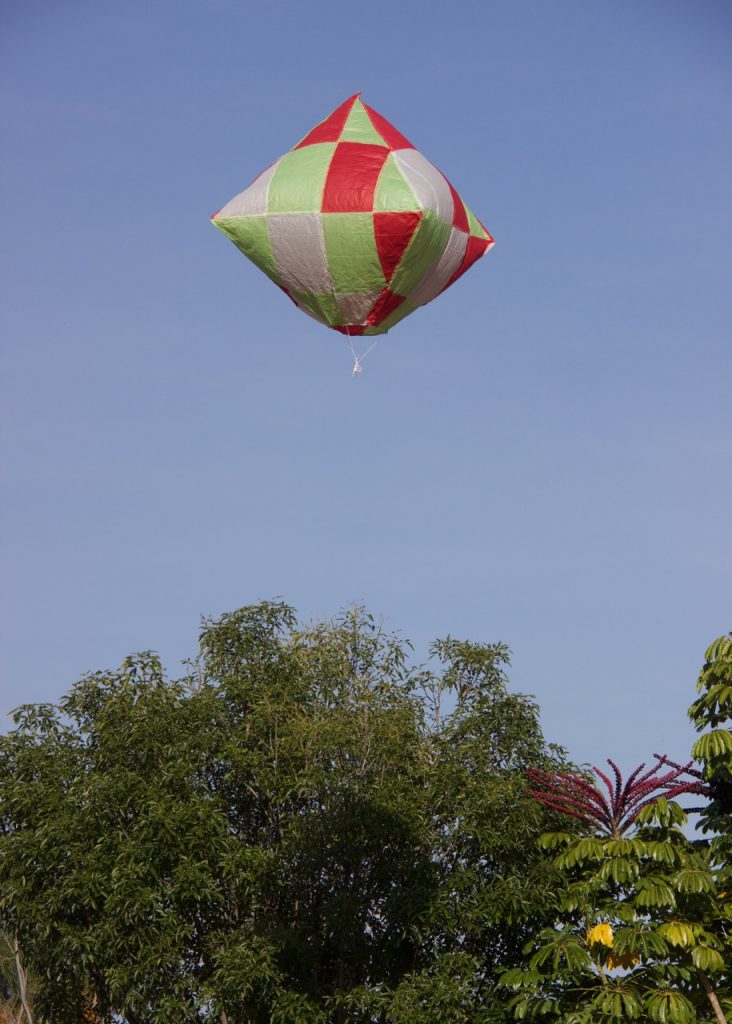
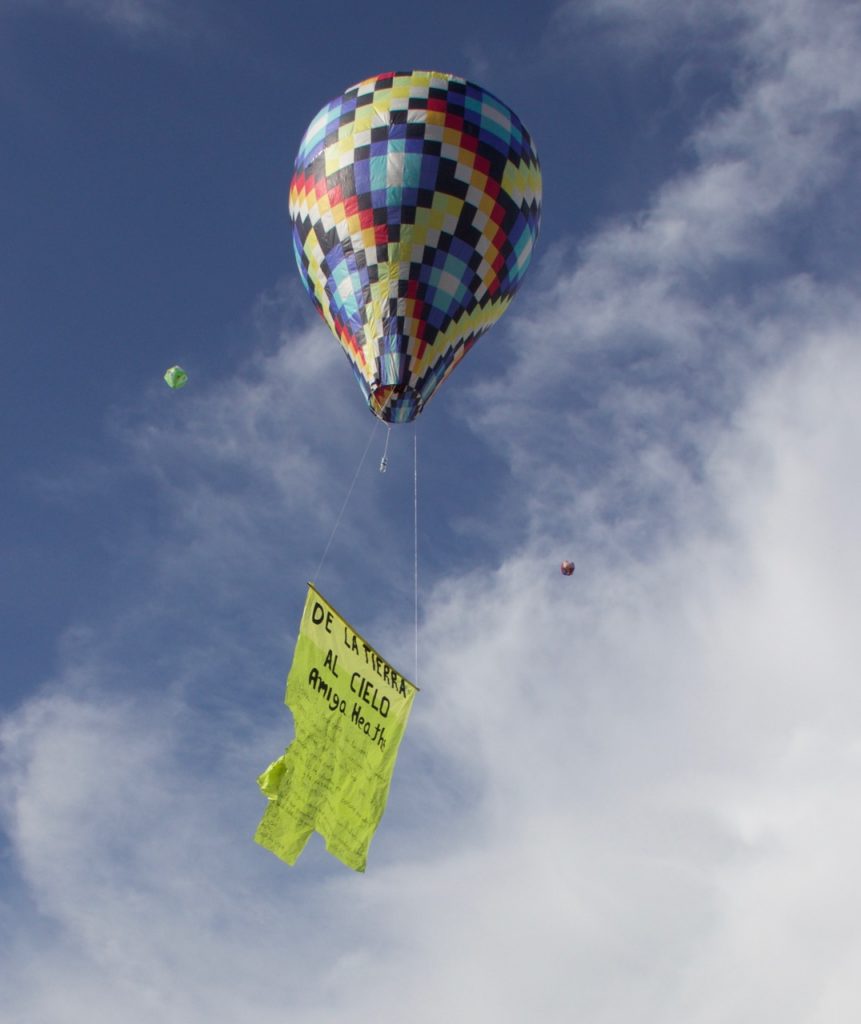

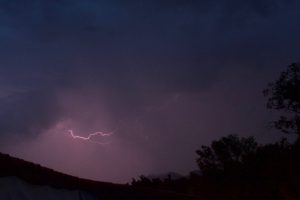
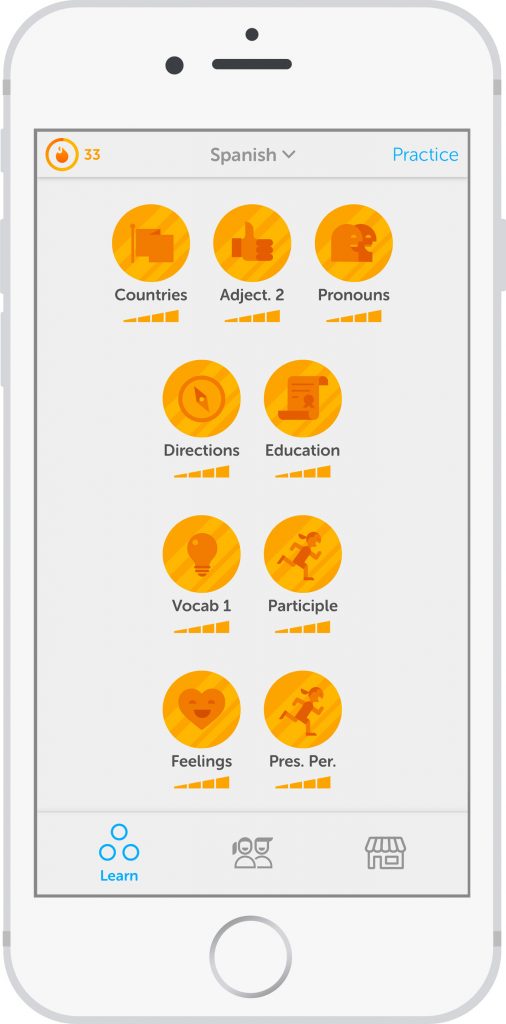 Well, I’m now on a 33 day streak, the longest I’ve ever had. And last night, I got the last of my previous lessons back to gold. Today, I actually started new material. Nice.
Well, I’m now on a 33 day streak, the longest I’ve ever had. And last night, I got the last of my previous lessons back to gold. Today, I actually started new material. Nice.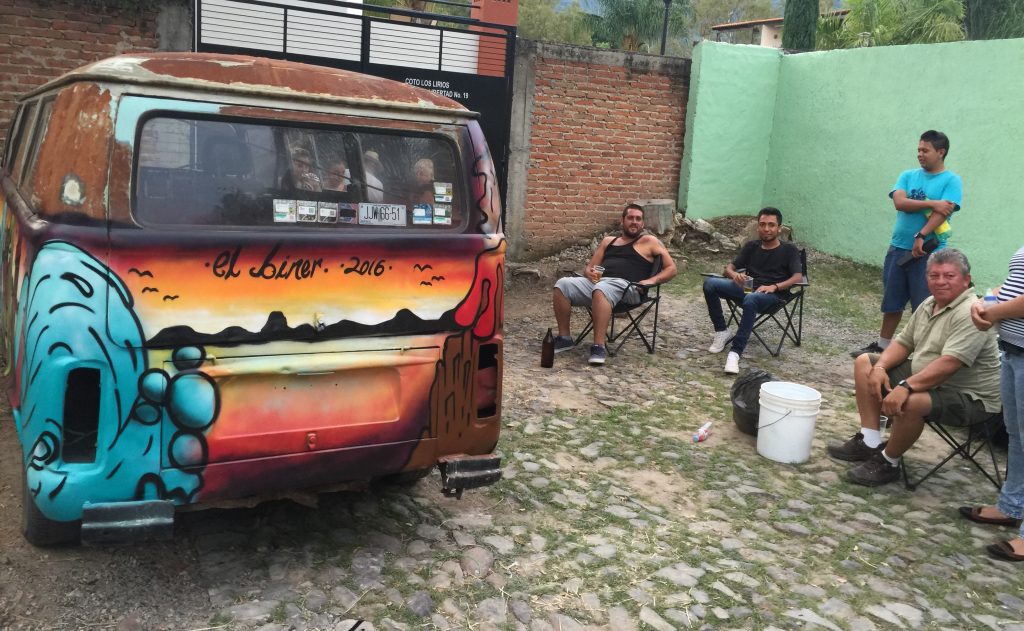
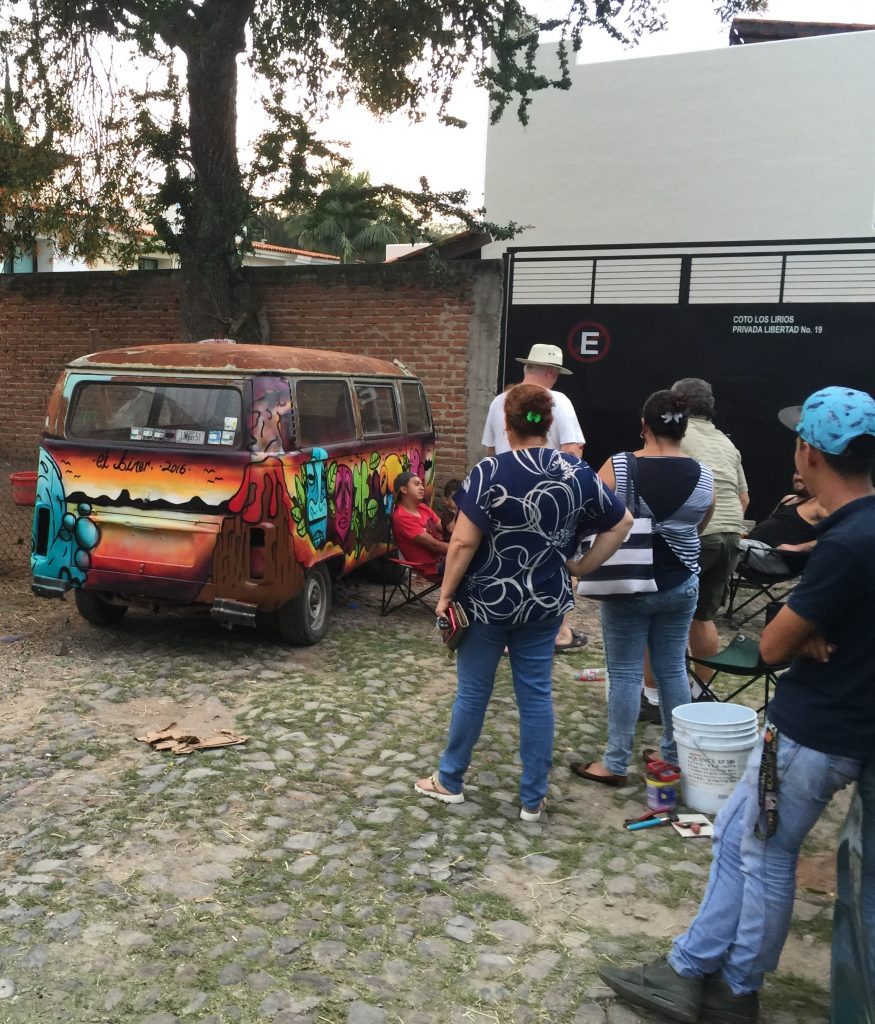


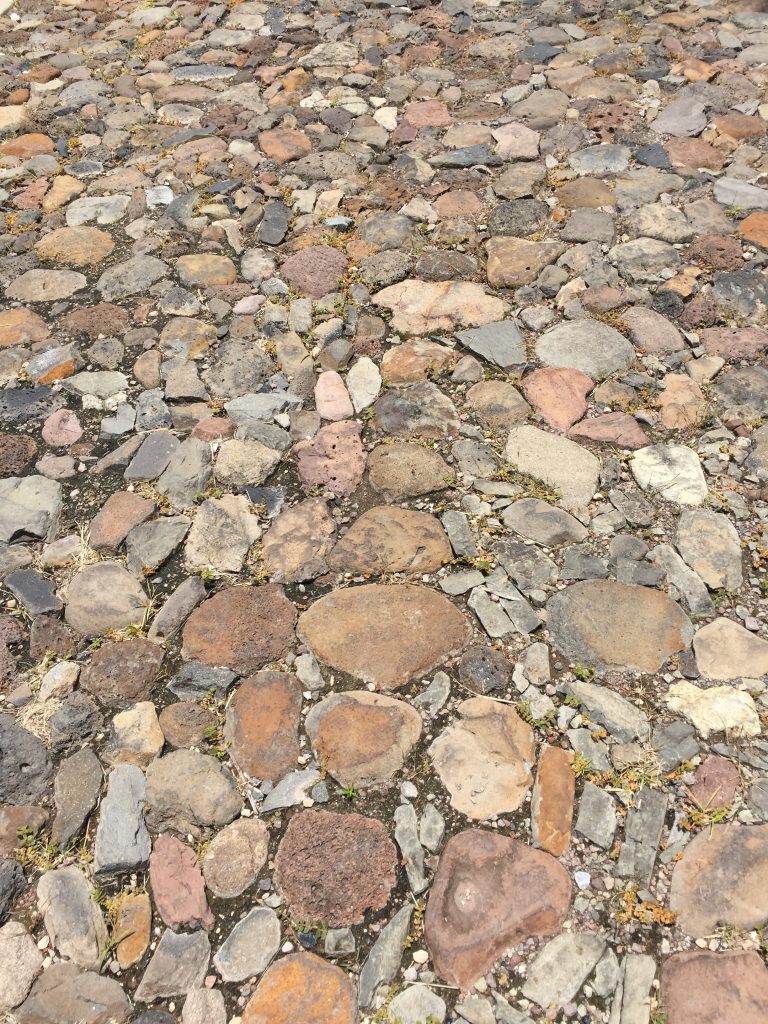
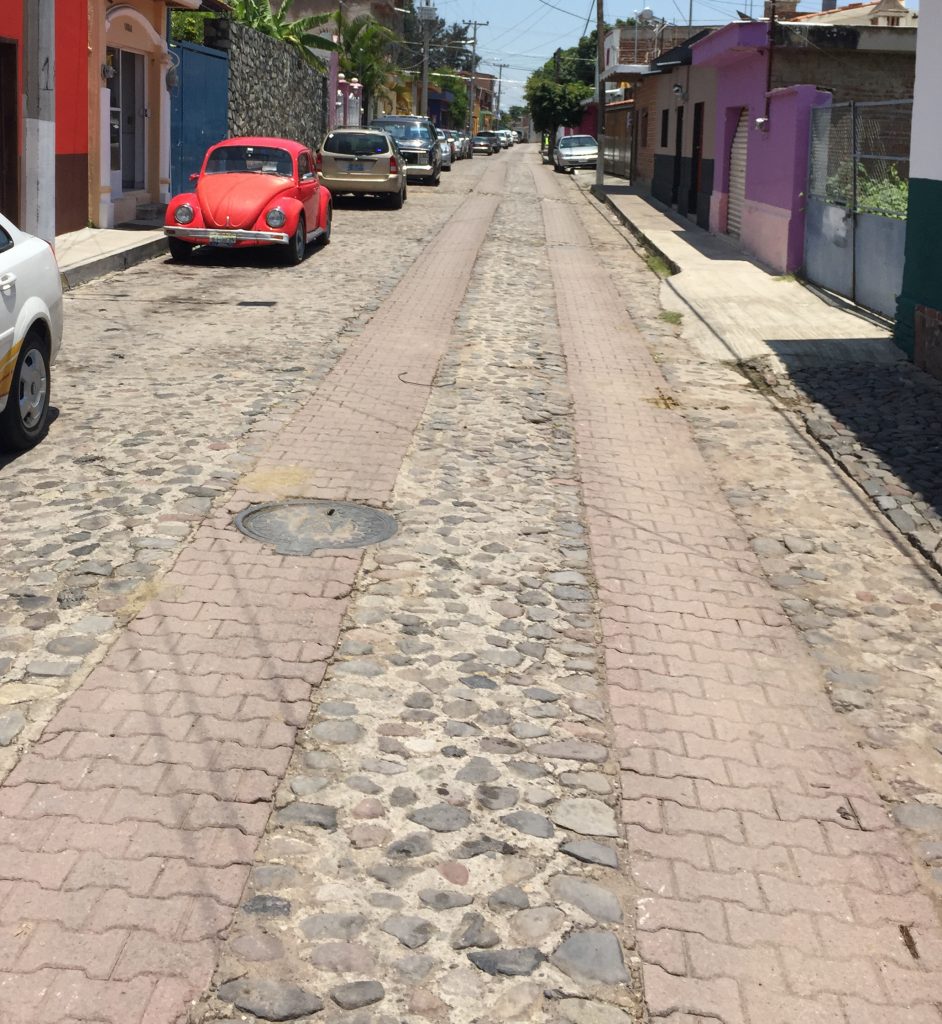
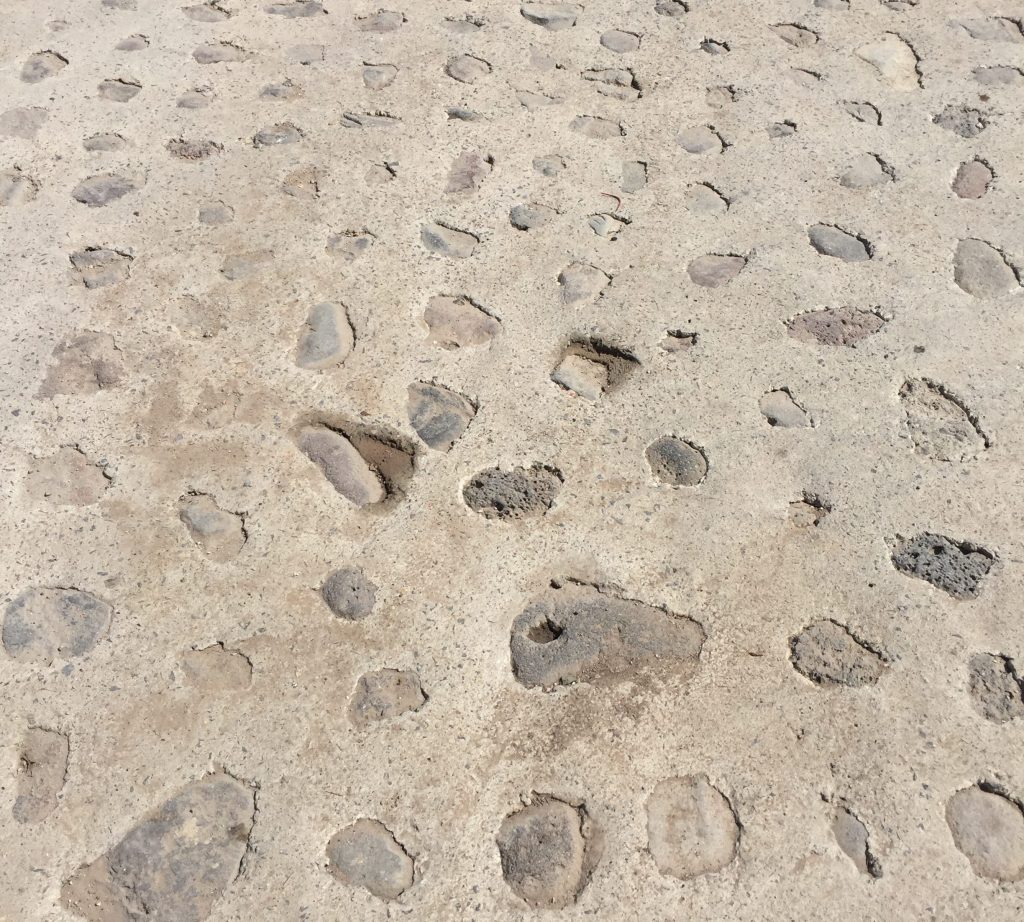
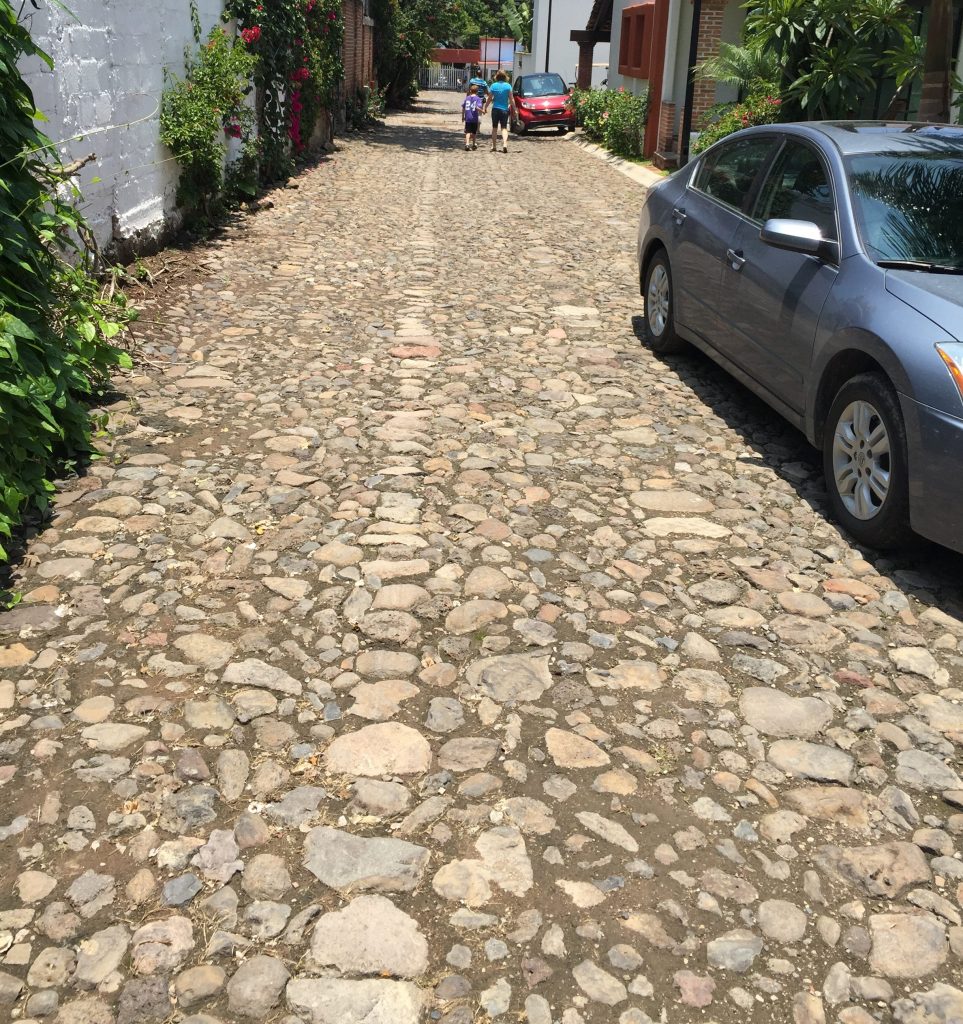
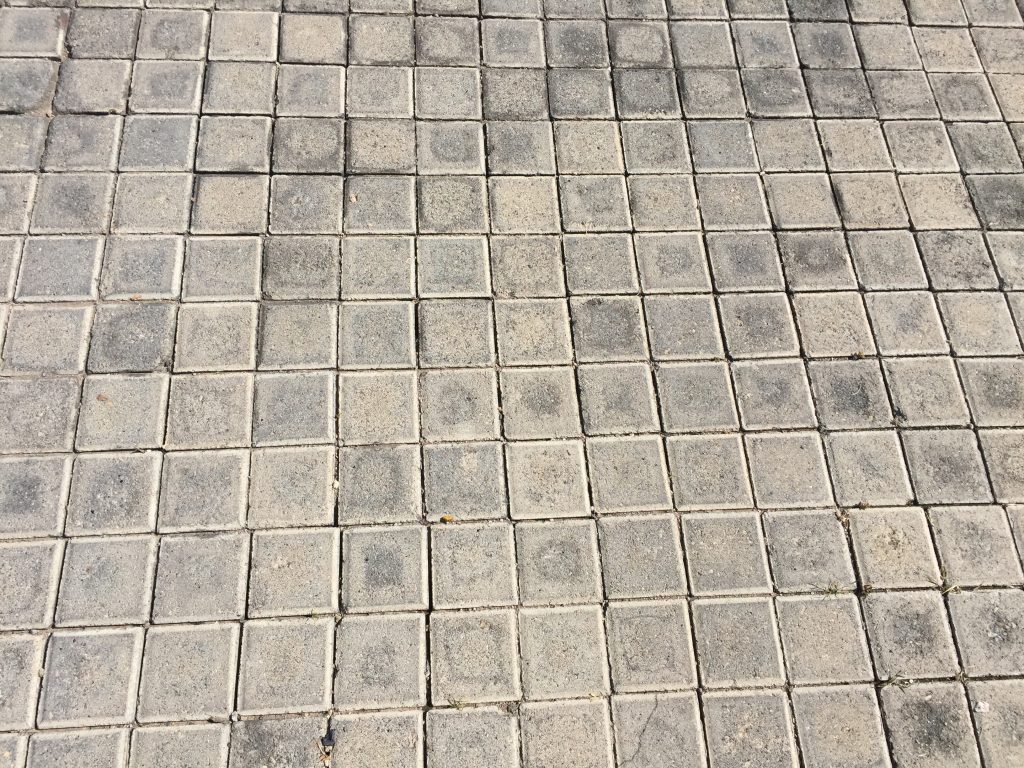
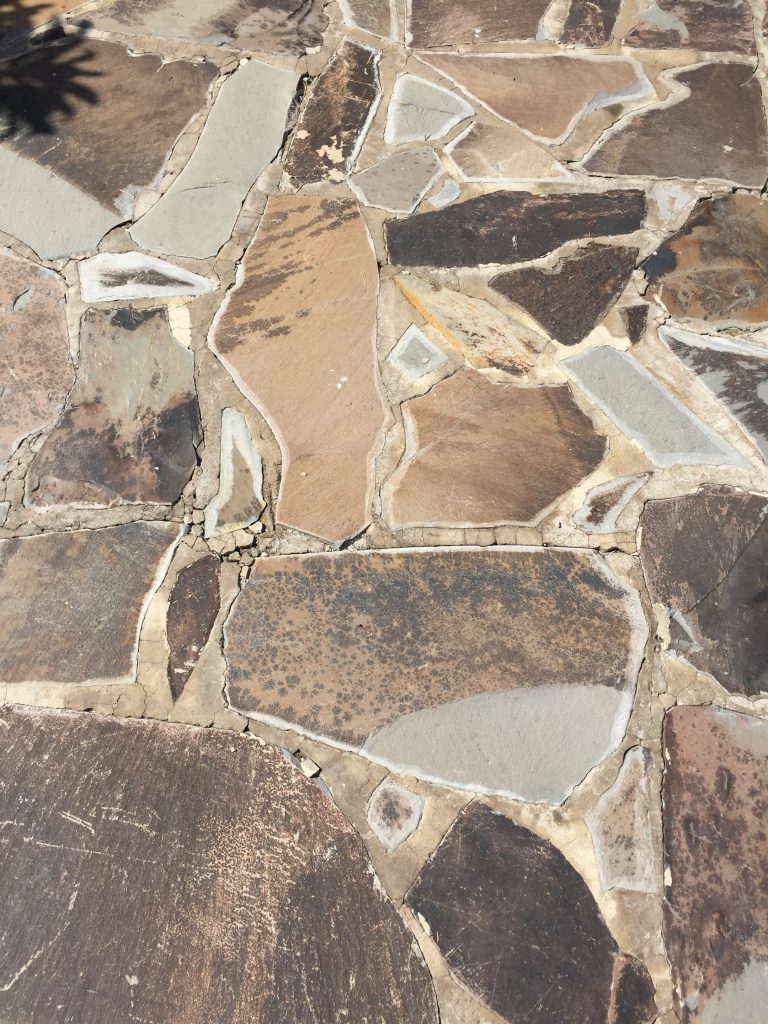
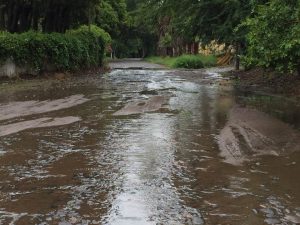 The storms can be spectacular. Last Thursday morning there was a thunderstorm. It wasn’t the rain or thunder that woke me up at 2:00, but the flashes of lightning filling the room. (Angela told me she is amazed at how the bursts of light push their way into the room, even with the blinds closed.)
The storms can be spectacular. Last Thursday morning there was a thunderstorm. It wasn’t the rain or thunder that woke me up at 2:00, but the flashes of lightning filling the room. (Angela told me she is amazed at how the bursts of light push their way into the room, even with the blinds closed.)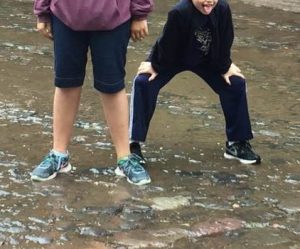 That night it rained nearly four inches. When they got up, the kids noticed that the pool was almost completely full. I found myself surprised at how well the water drained, with no pools or puddles on the road in our community.
That night it rained nearly four inches. When they got up, the kids noticed that the pool was almost completely full. I found myself surprised at how well the water drained, with no pools or puddles on the road in our community. It wasn’t just getting back into the swing of things after a week off, or overcoming the slower pace of life here to be productive. I like going into the office for work every day. Being around people helps give me energy to be productive, and I share an emotional connection with my co-workers. I’m giving up much of that for the next year.
It wasn’t just getting back into the swing of things after a week off, or overcoming the slower pace of life here to be productive. I like going into the office for work every day. Being around people helps give me energy to be productive, and I share an emotional connection with my co-workers. I’m giving up much of that for the next year.